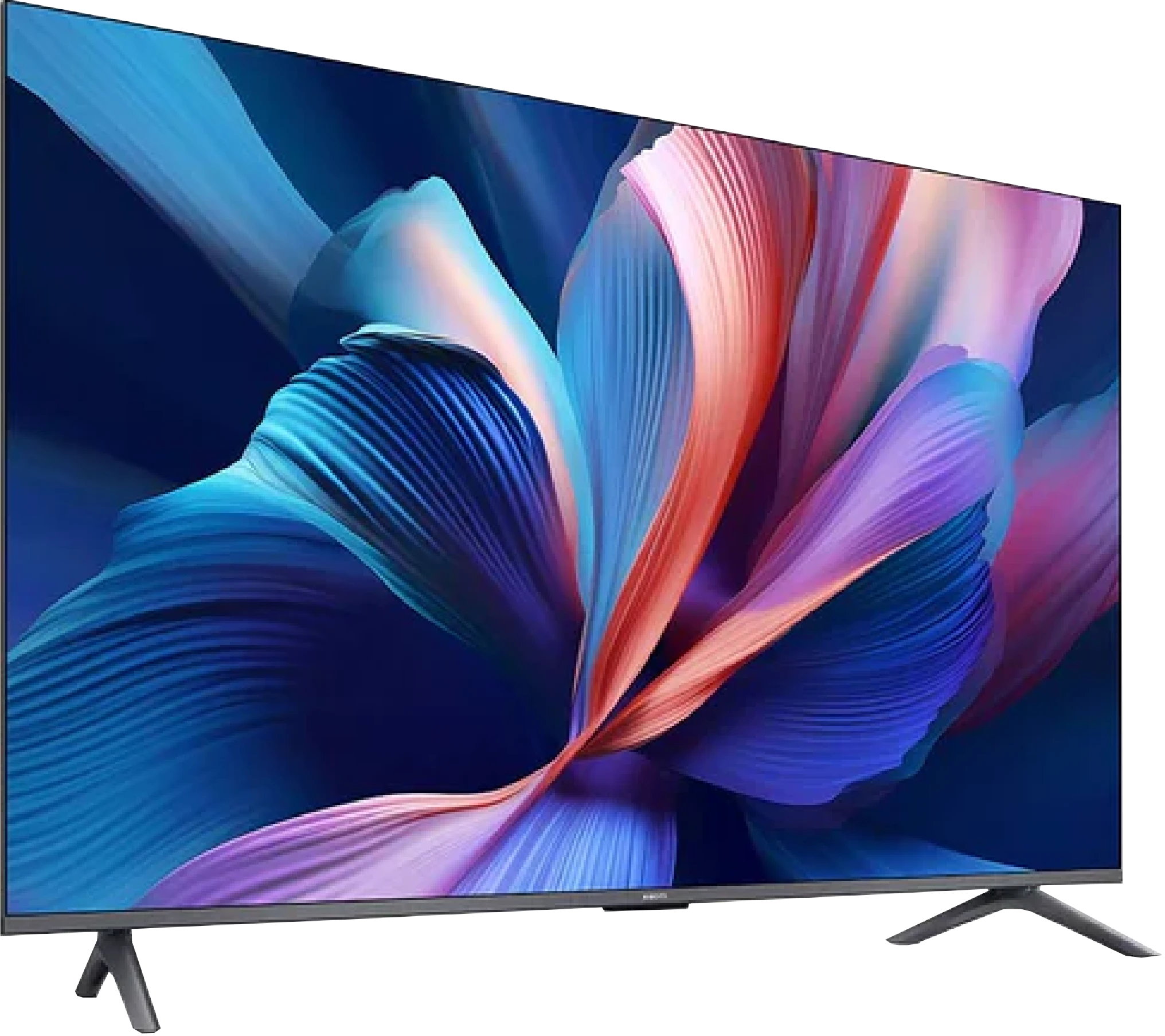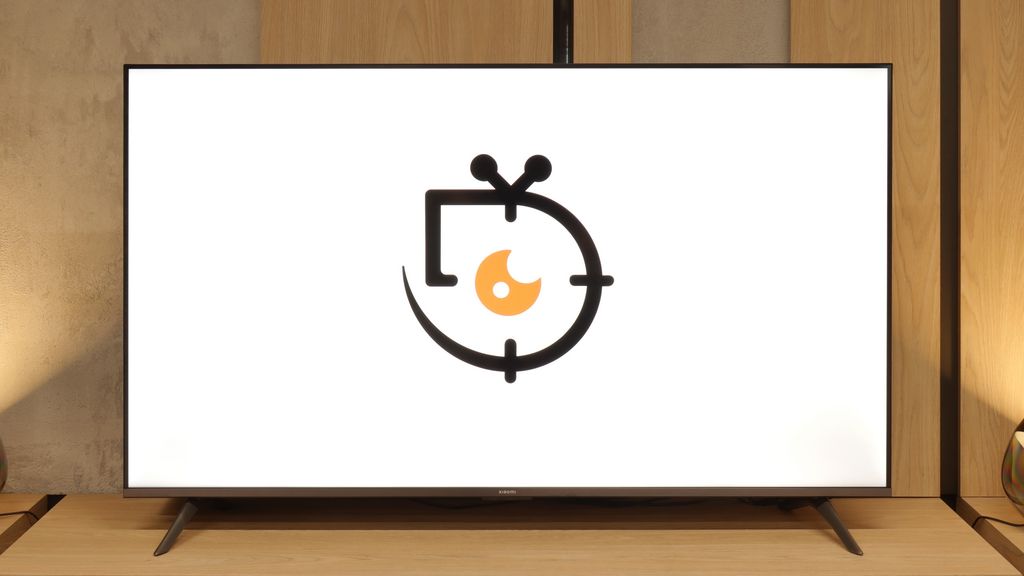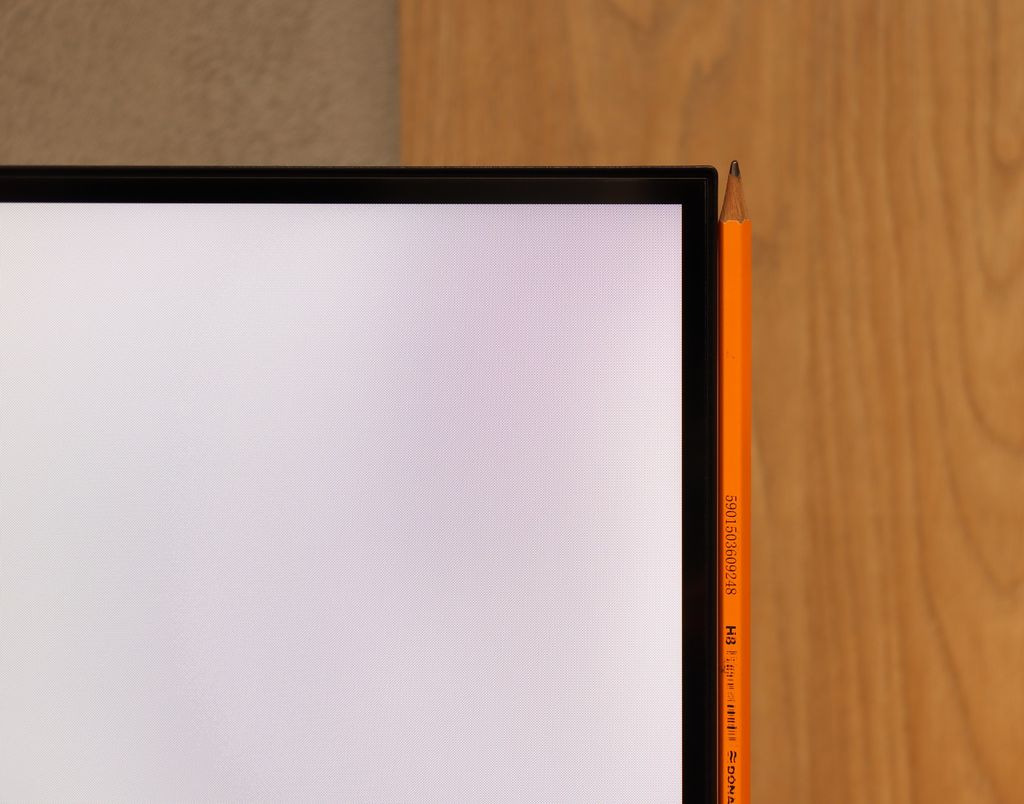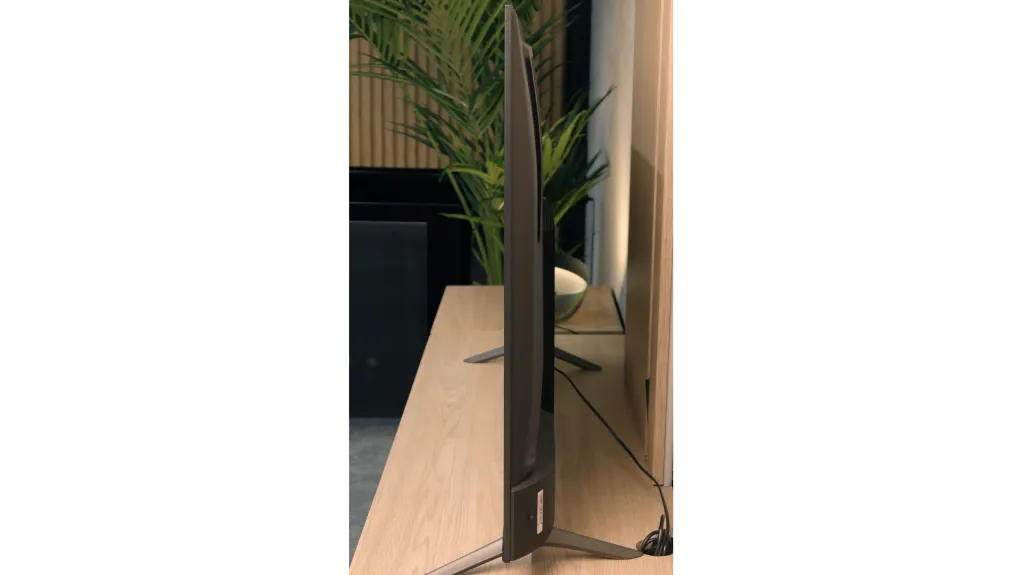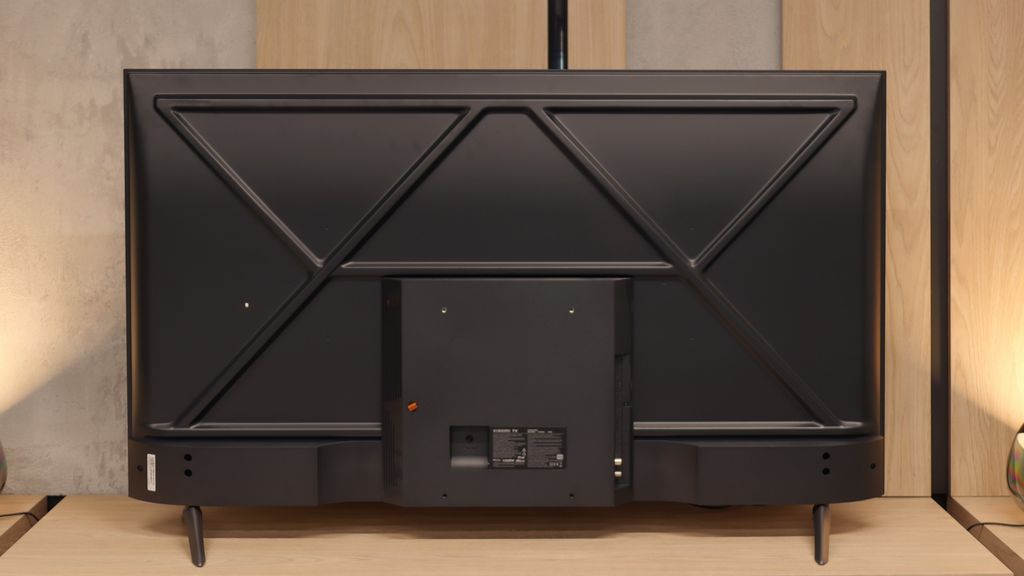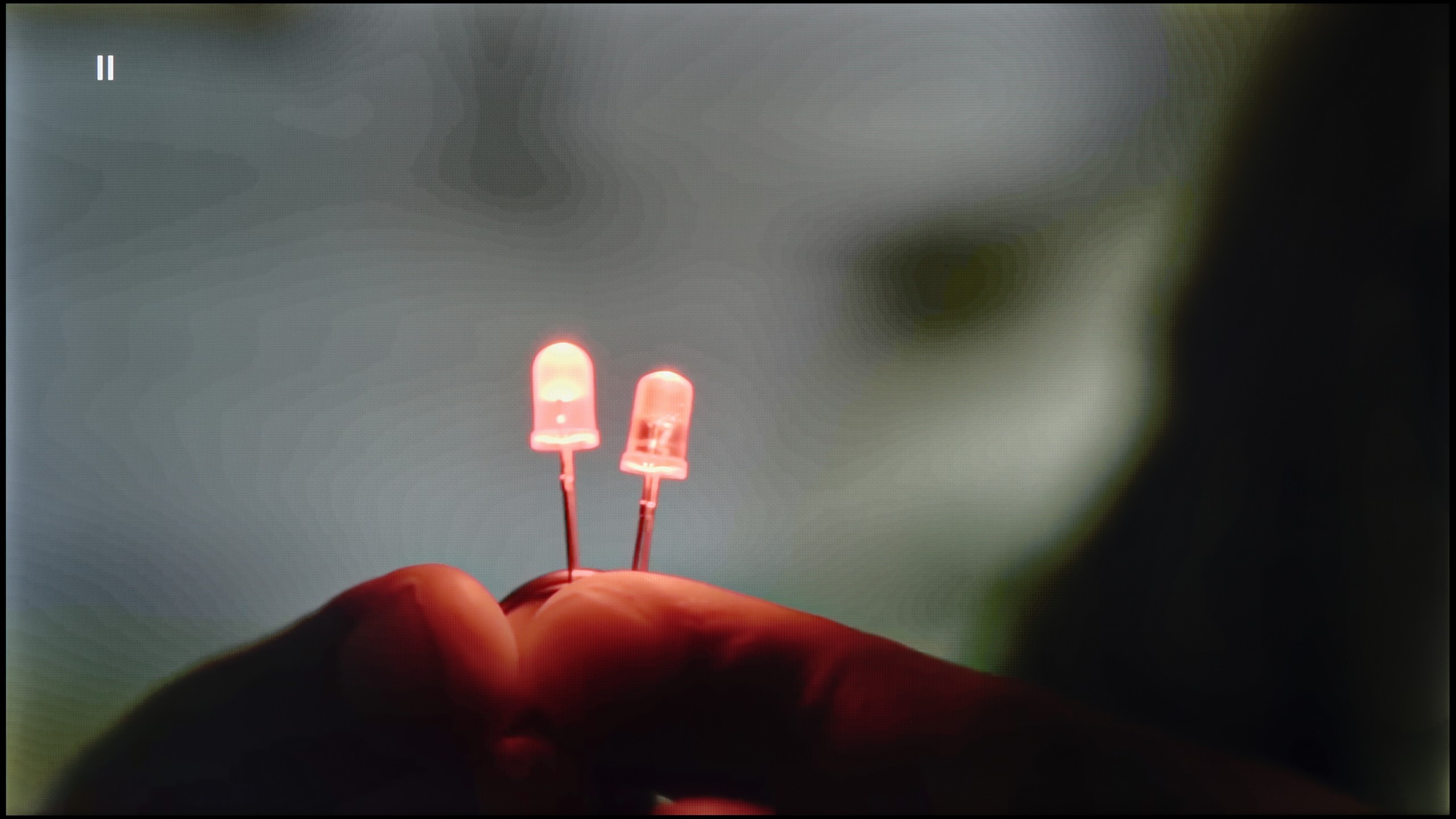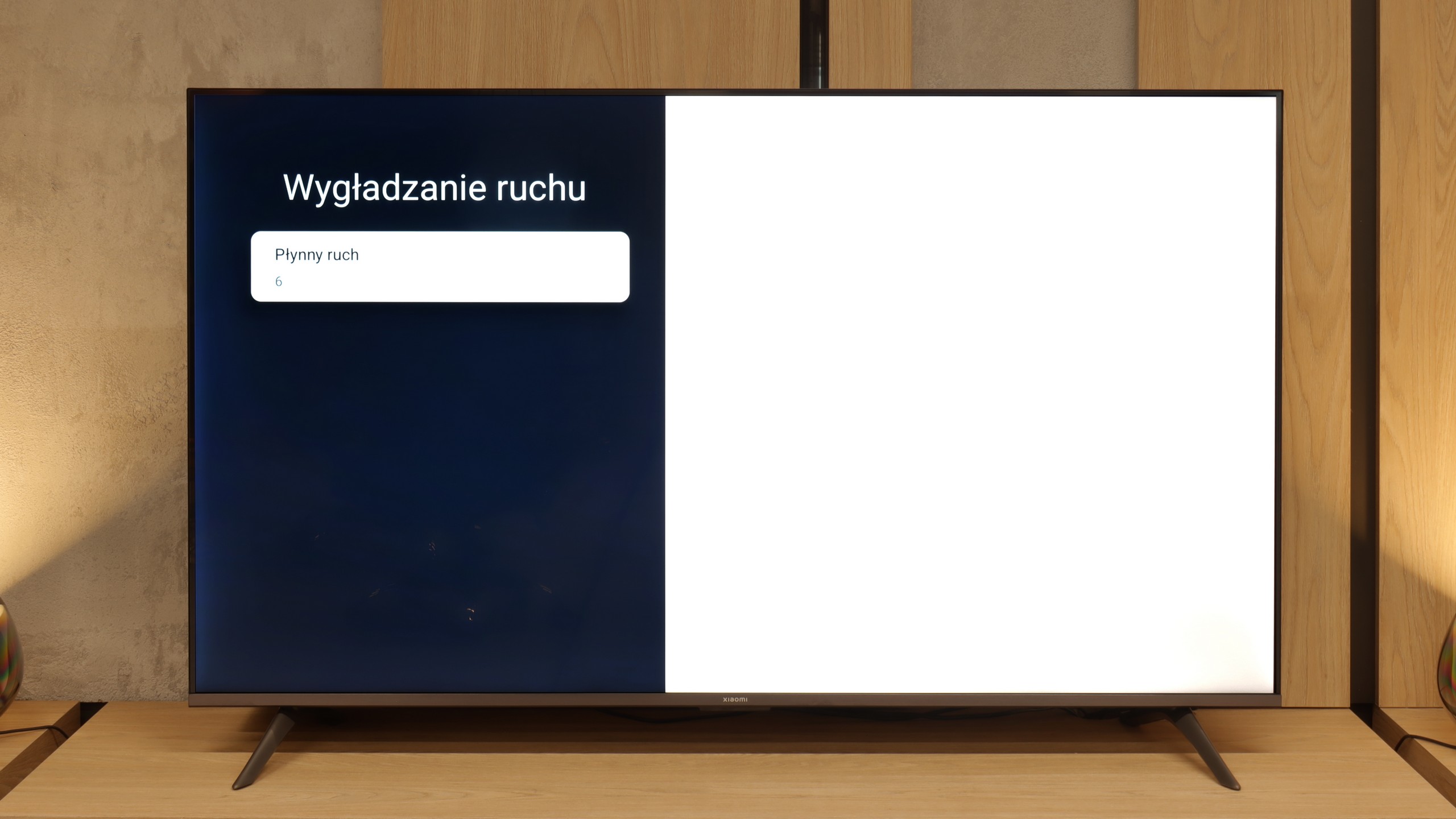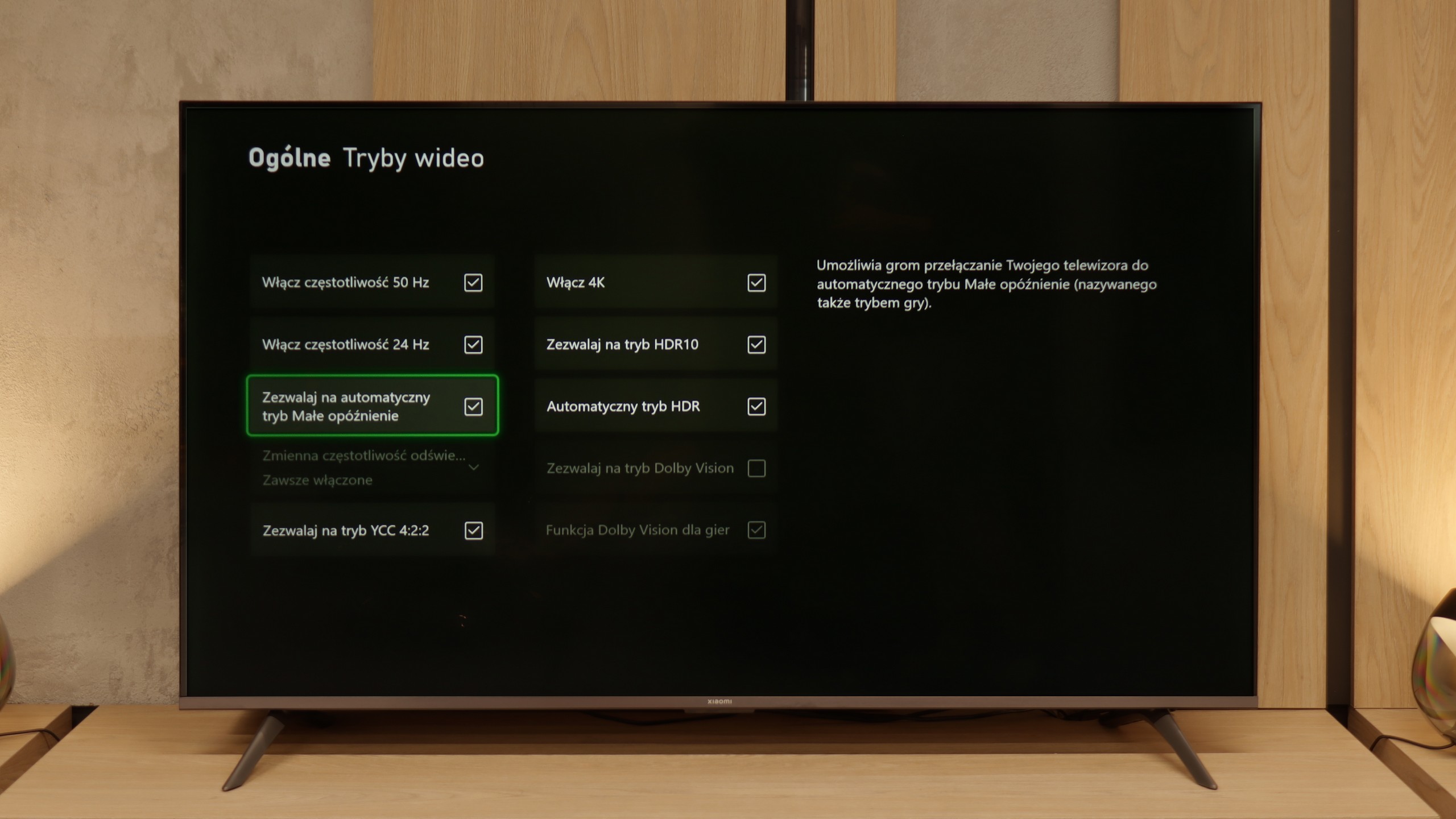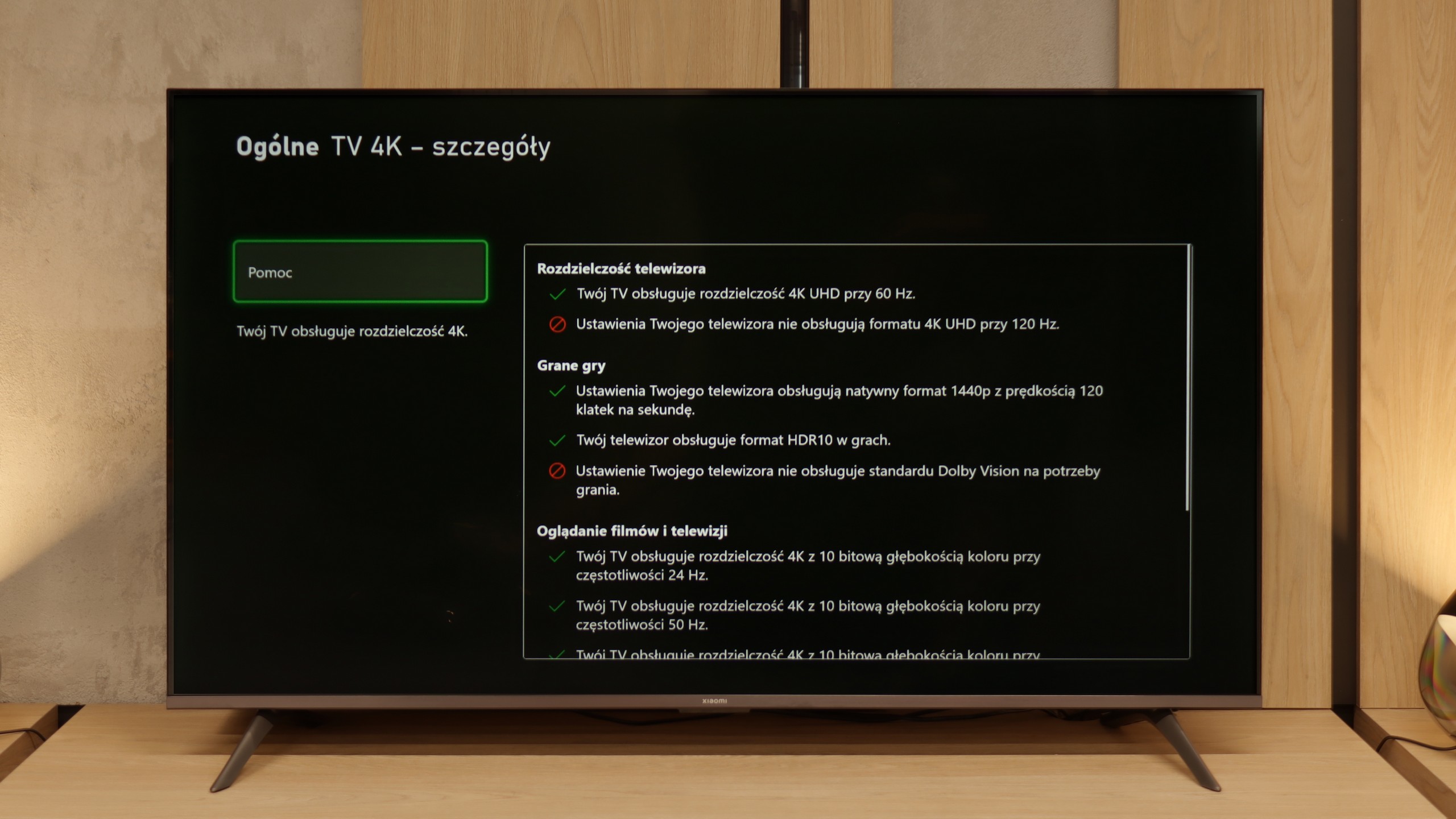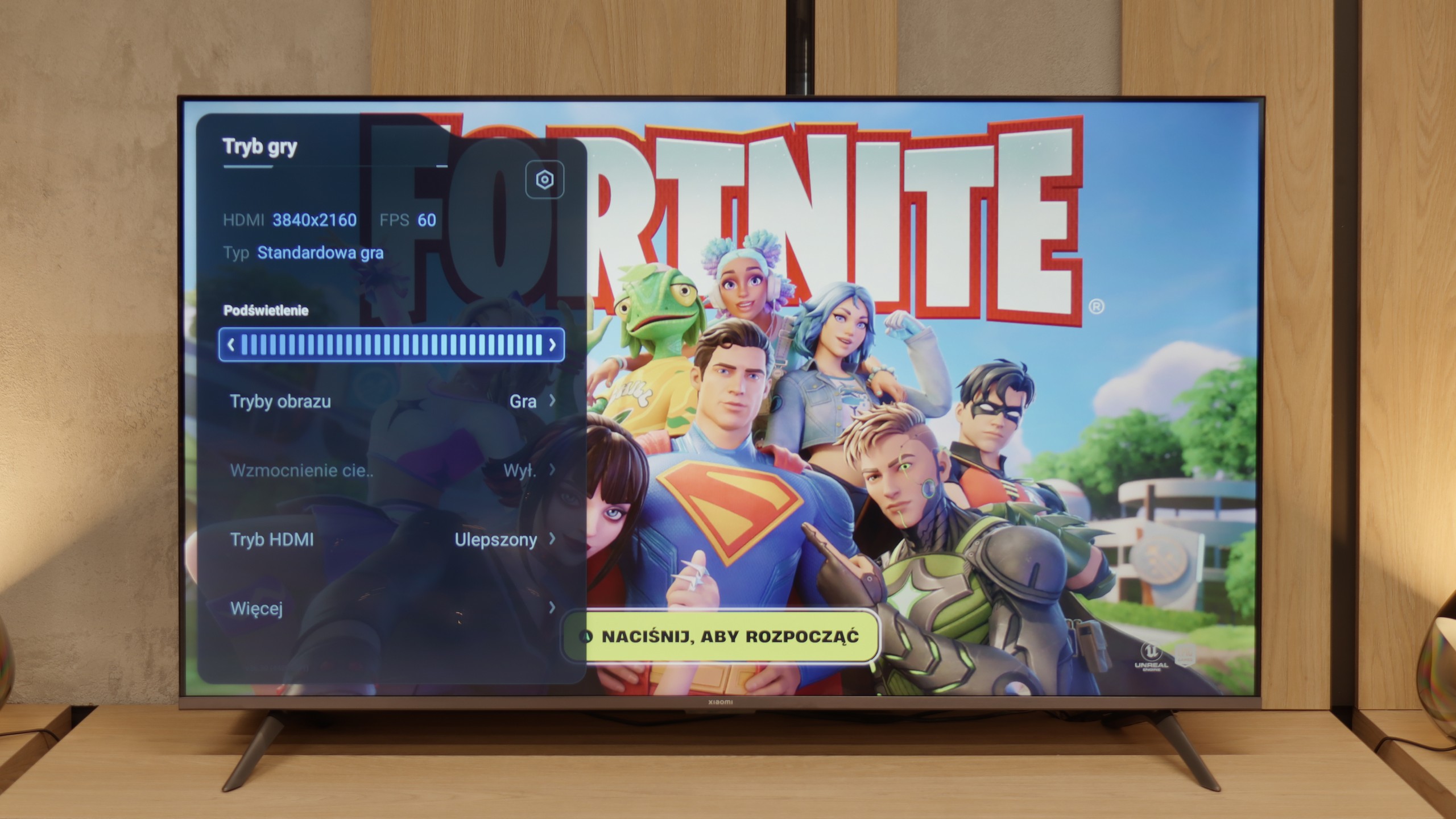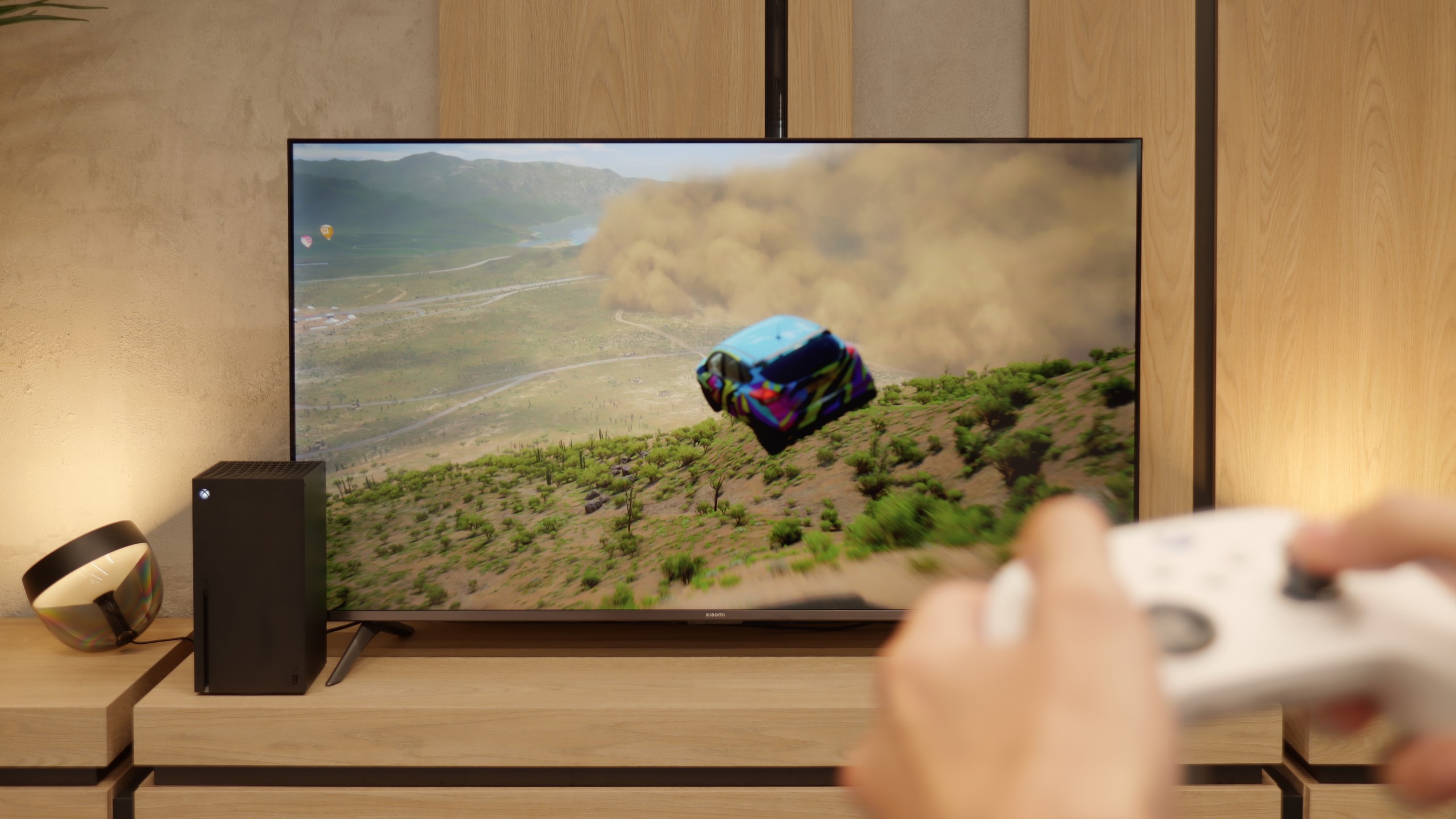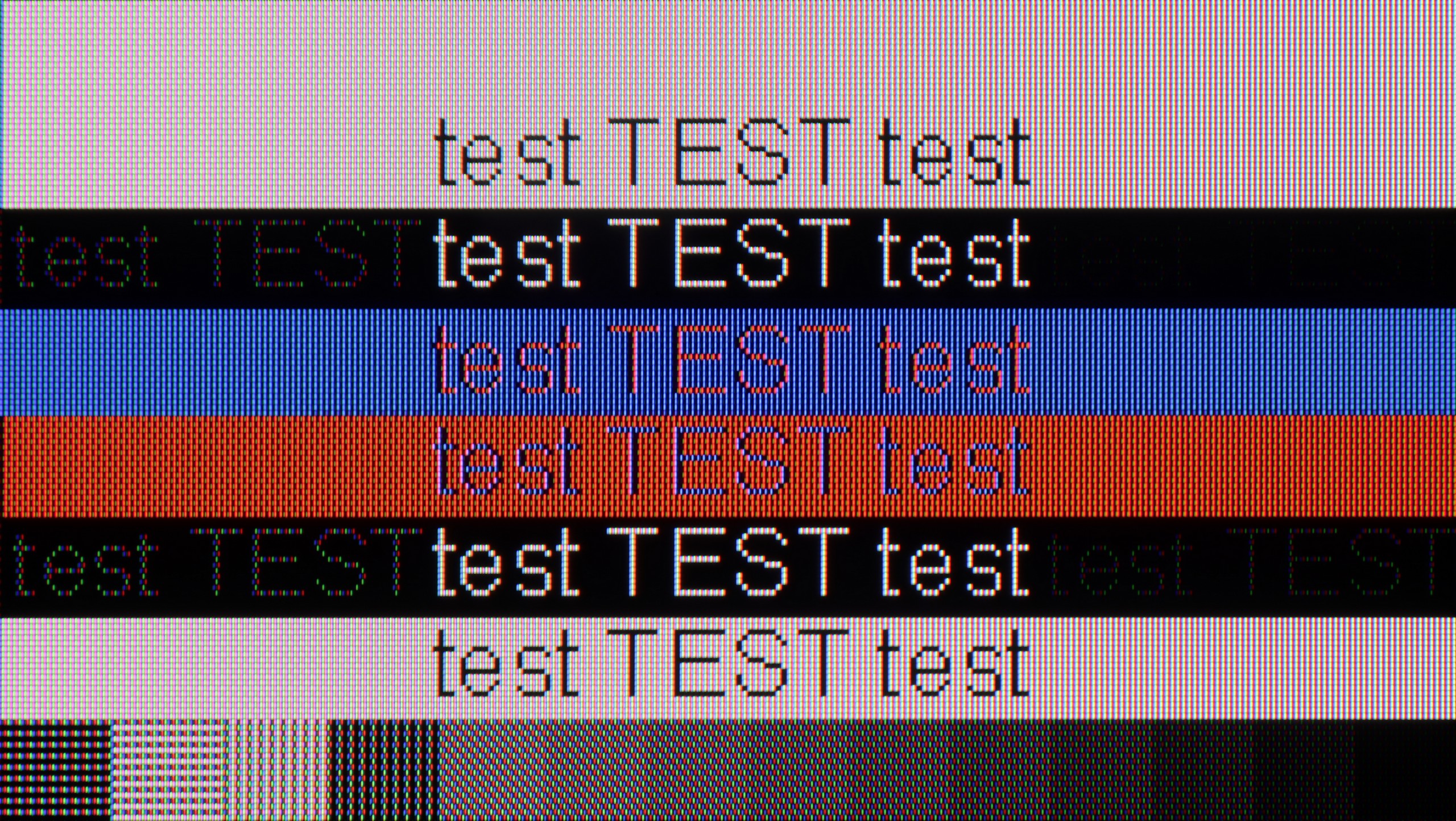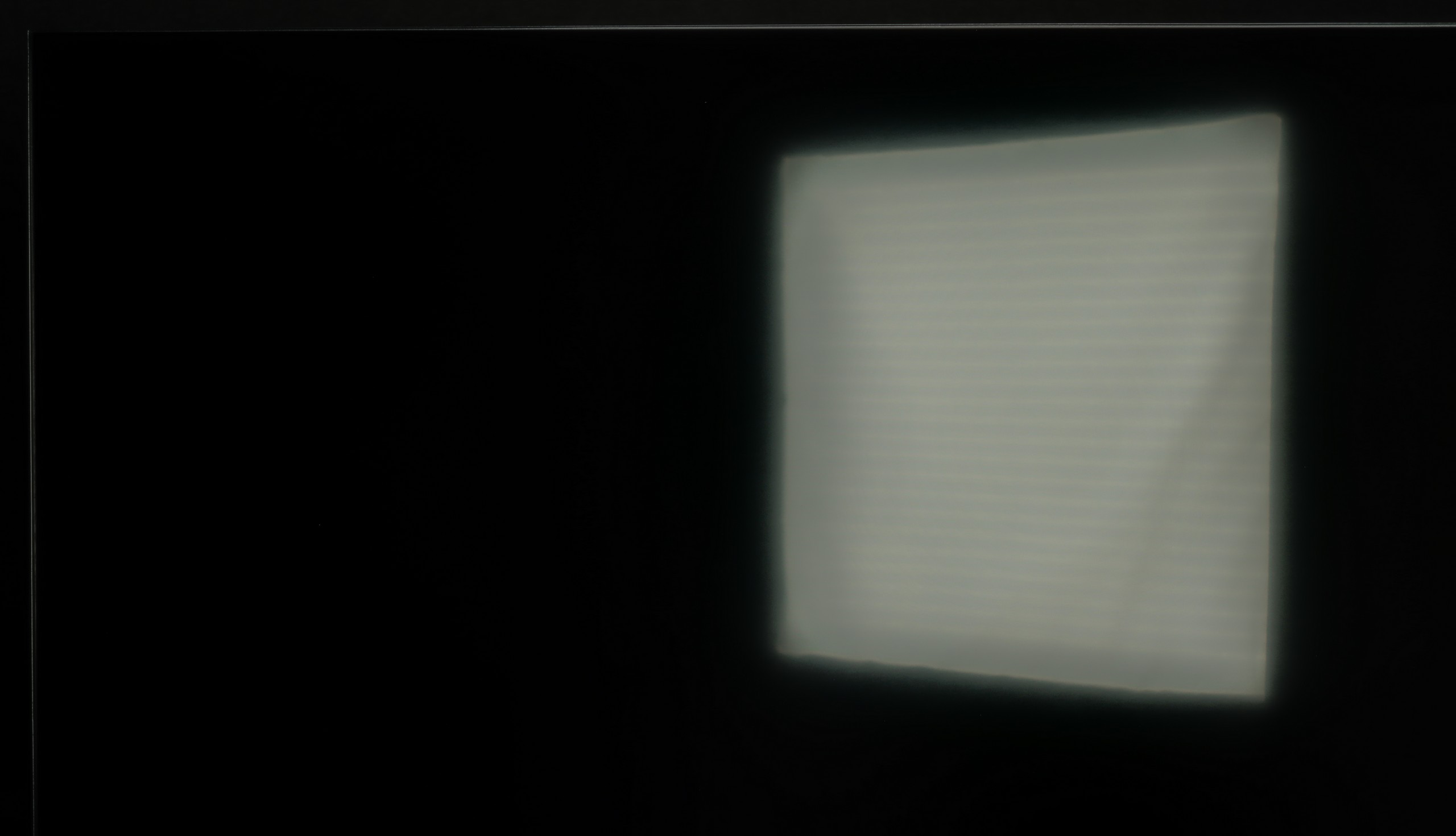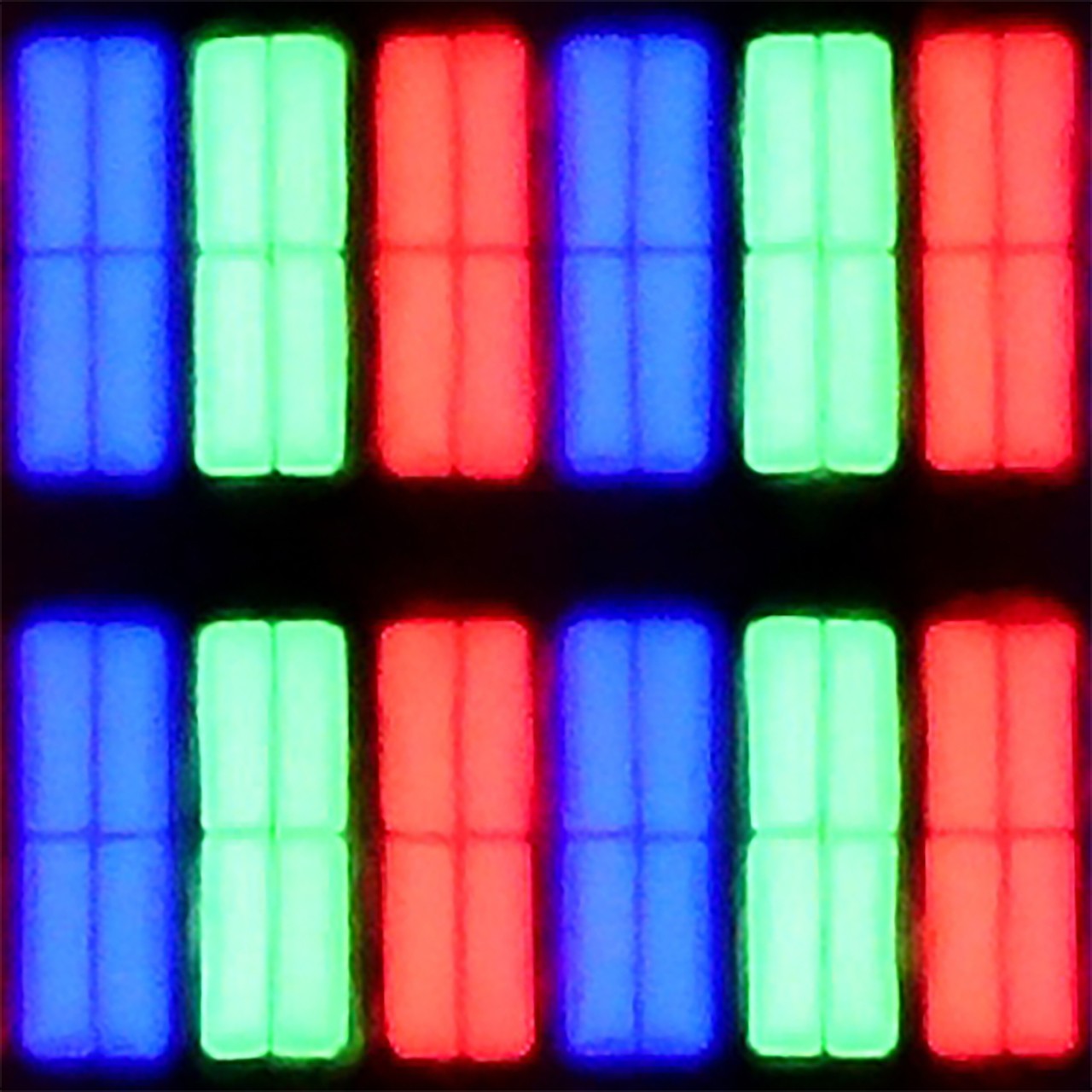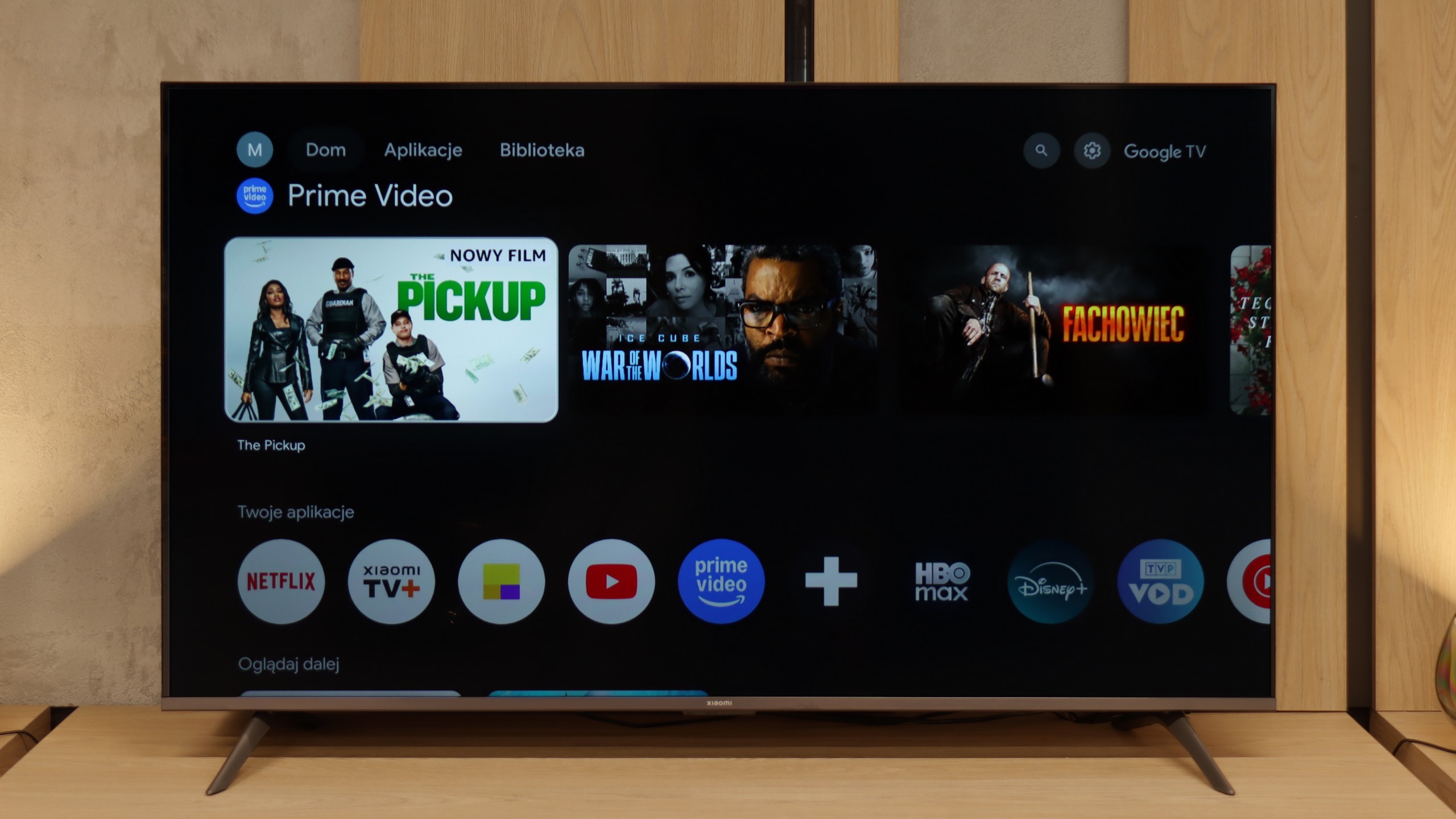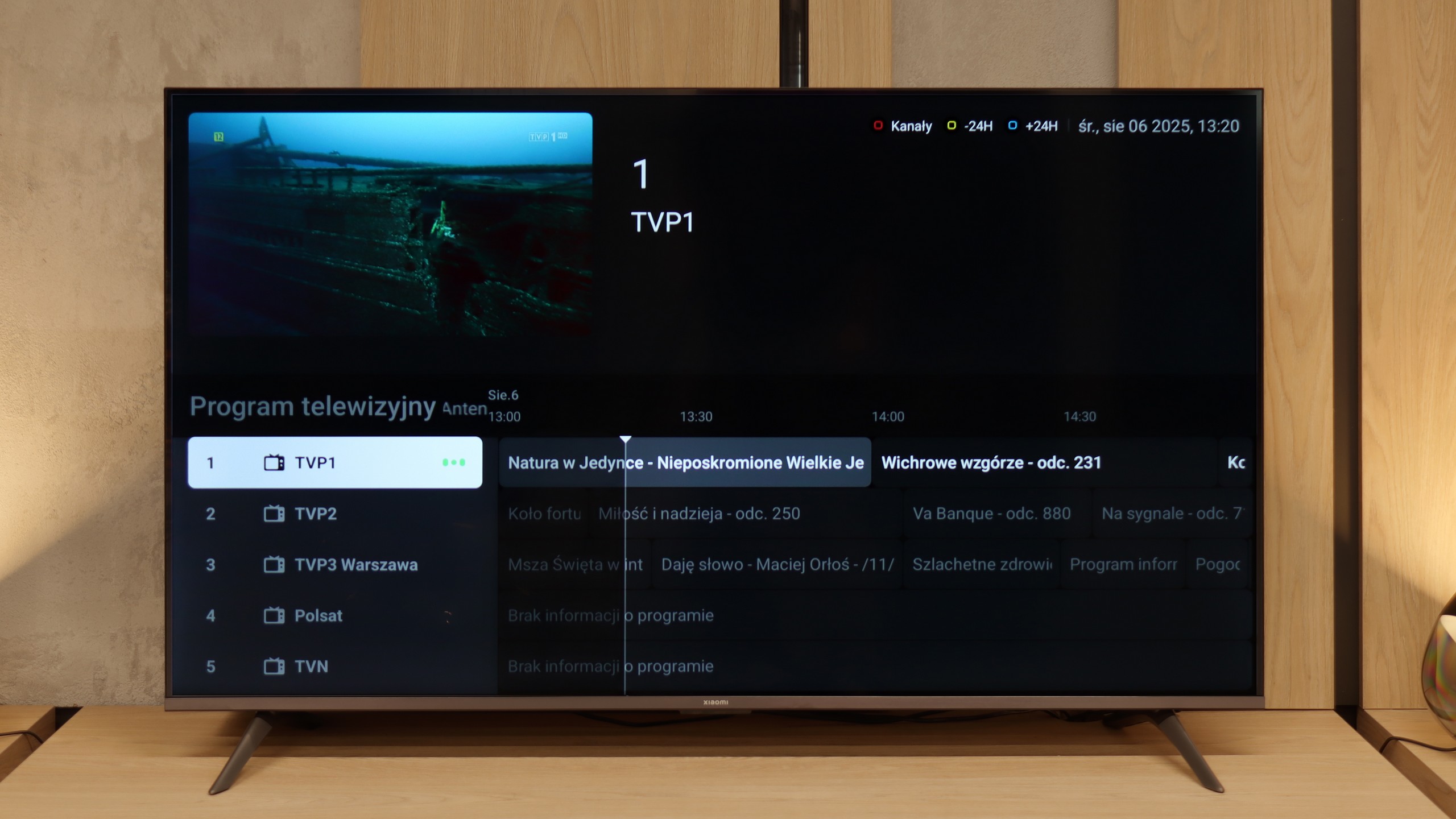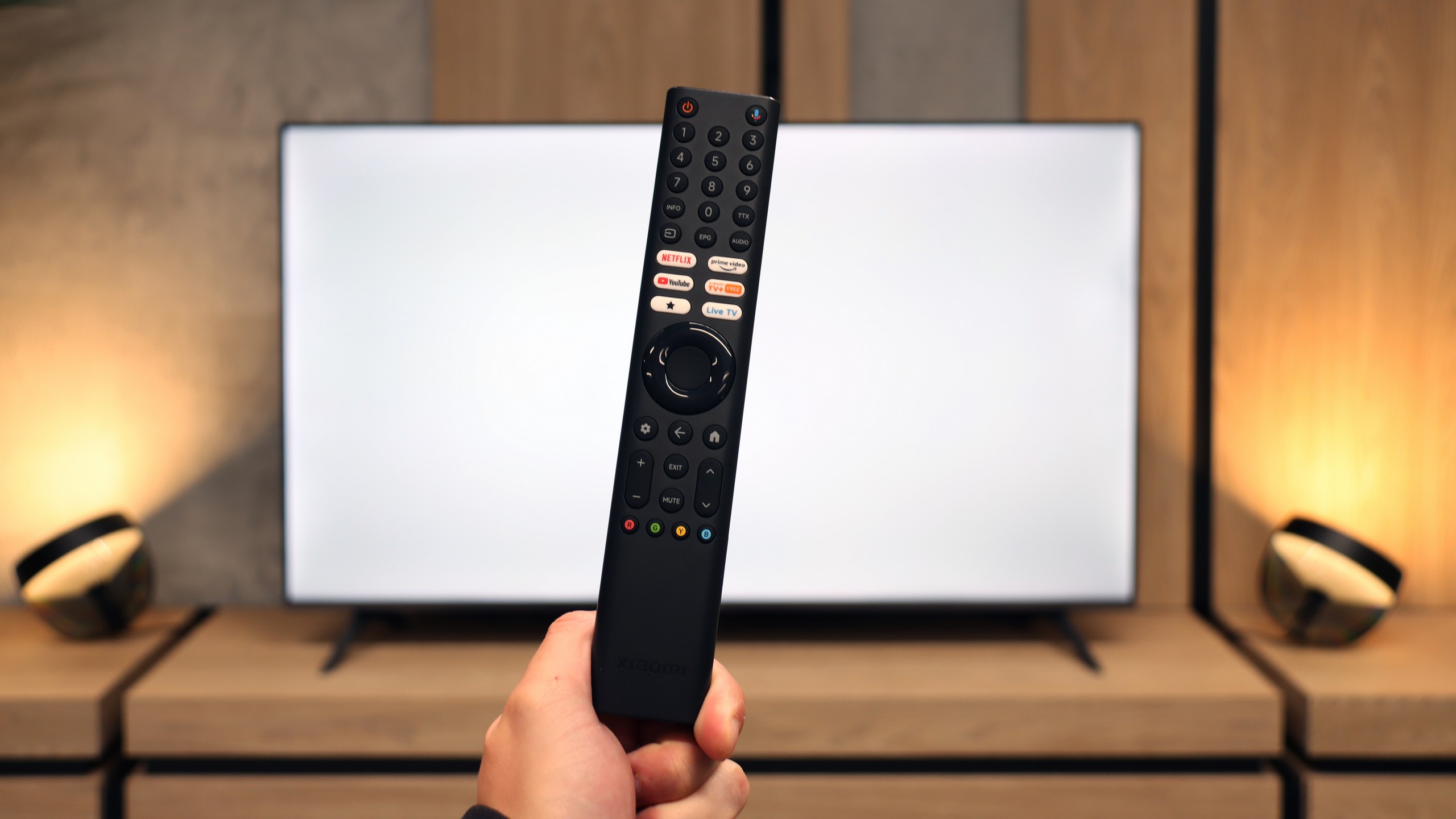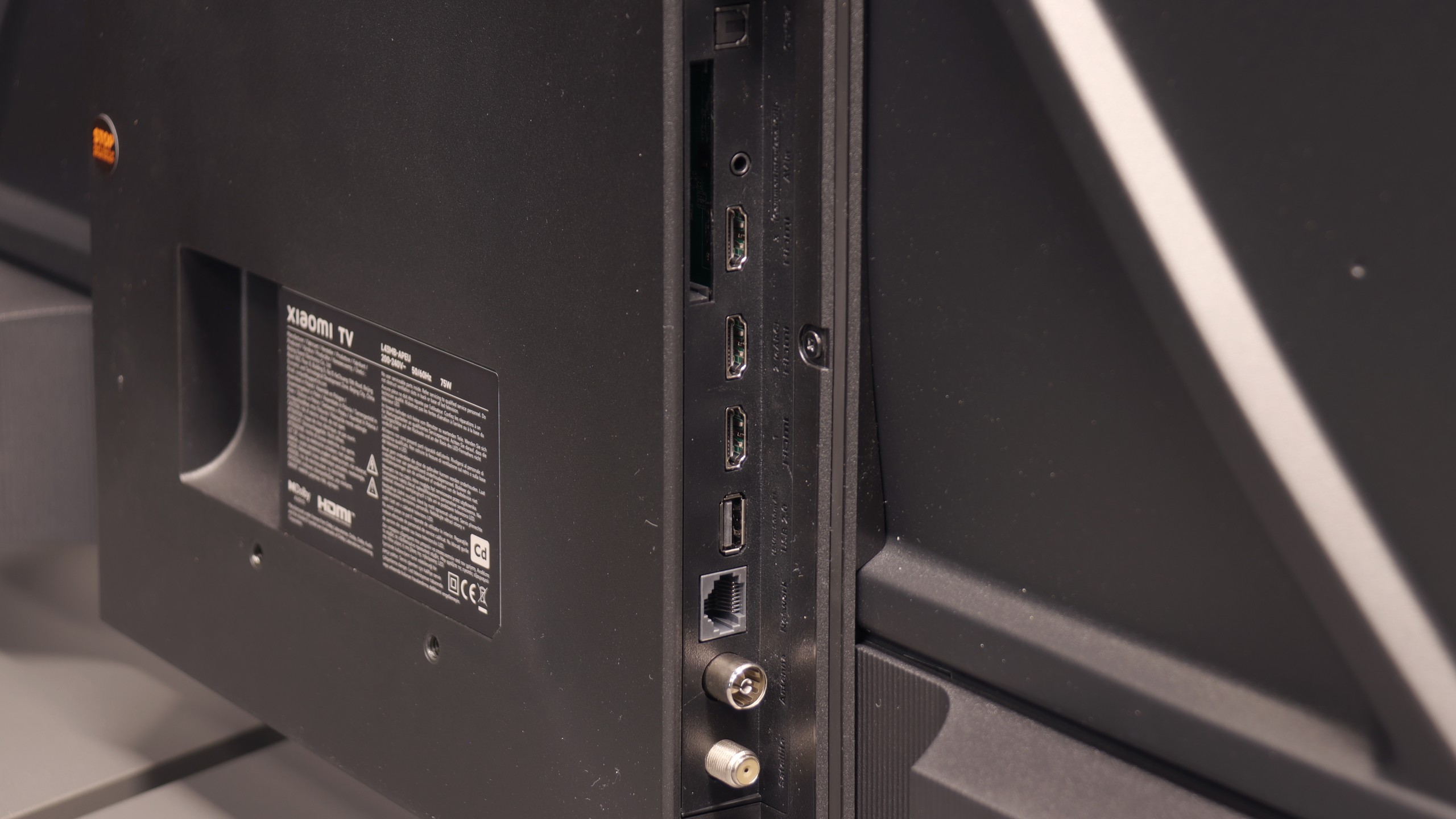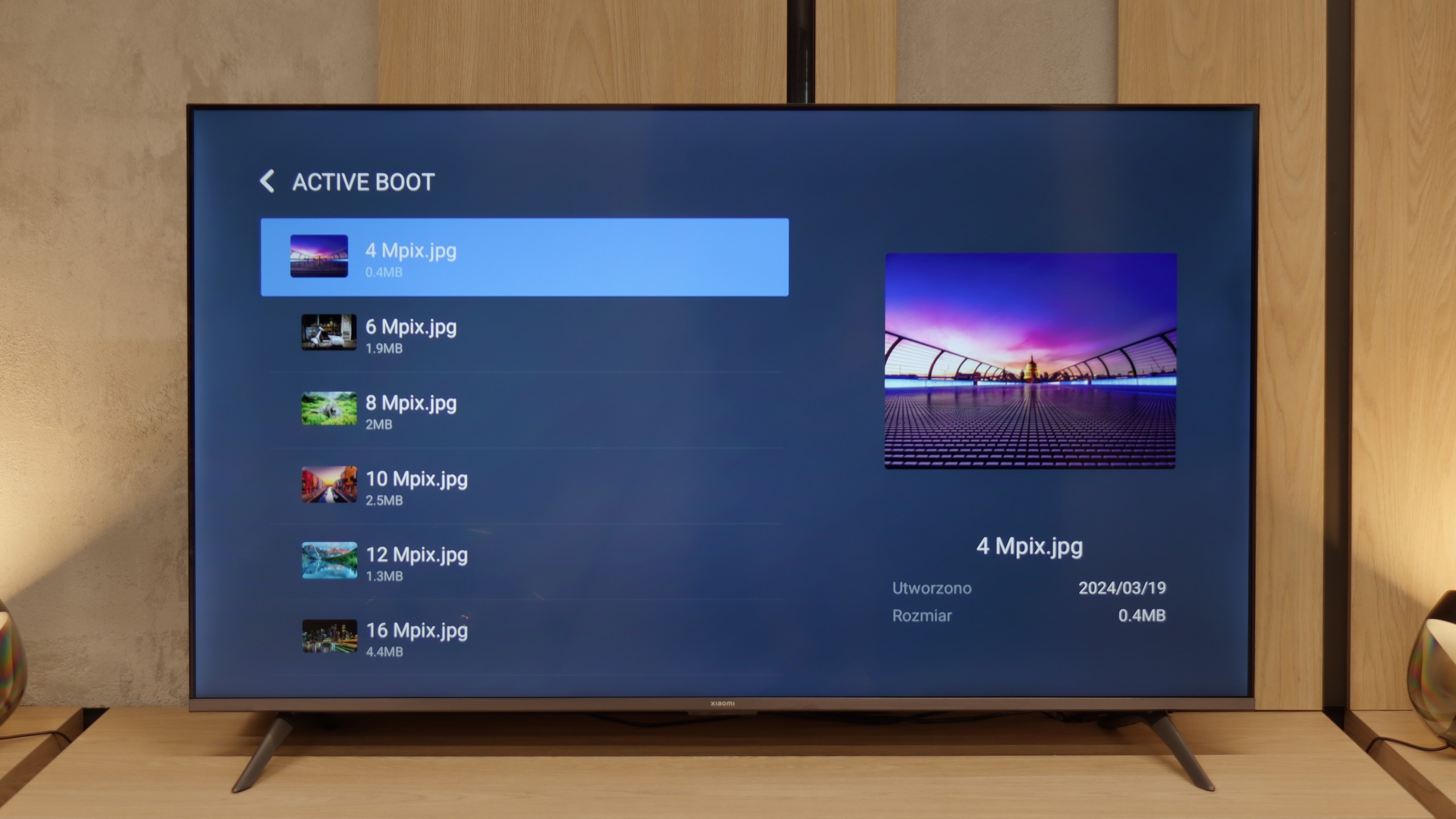The Panasonic W70A draws attention primarily due to its advanced Google TV operating system, which gives access to a plethora of popular applications (YouTube, Netflix, Disney+, HBO Max, etc.). As for the picture, the IPS panel offers wide viewing angles, so colours do not lose intensity even when watching a film from a slight angle. Gamers will also not be disappointed, as it features VRR and ALLM, along with low input lag (around 12 ms) – all of this contributes to a pleasant experience for occasional gaming, despite the standard 60 Hz refresh rate.
However, it is worth noting that this is rather a basic model and has its limitations. The contrast and black levels are simply weak, which is a typical phenomenon for IPS panels, especially in dark rooms. A brightness level of around 270 cd/m² is also insufficient in brightly lit rooms, making the picture appear washed out. Certain shortcomings in the software itself cannot be overlooked either. Google TV is a great basis, but sometimes it happens that some settings are scattered in surprising places, and the quality of translations leaves much to be desired.
One must consider that the competition is offering more and more in a similar (or slightly higher) price range. Can the Panasonic W70A hold its ground in such an environment? On one hand, it tempts with a rich application base and decent support for gamers, but on the other hand, the market is flooded with more refined televisions equipped with better parameters. However, if wide viewing angles and easy access to Google TV services are a priority, it might be worth giving it a chance. Otherwise, it is advisable to look among competing models that often offer better black levels, higher brightness, and fewer annoying issues in the menu at a similar price.
Xiaomi A Pro 2026 is a television that at first glance does not reveal significant changes compared to its predecessor. Someone might even think it is simply a copy of last year's model with a different label. And there is some truth to that, as the main new feature, or rather the only noticeable difference, is the 120 Hz mode at lower resolutions. Credit must be given to Xiaomi, as this addition really does make a difference – it is not a solution for professional gamers, but a nod towards those looking for a smoother image during casual gaming. This is where the A Pro 2026 can shine – with a simple yet clever idea that distinguishes it in the “super-budget” segment. Unfortunately, when we begin to look at the television more broadly, excitement quickly dwindles. Even though the year has changed on the calendar, most of the issues known from the A Pro 2025 have remained – the system can still experience strange stutters, and the occasional errors can be quite irritating. Additionally, there is a lack of any serious tools for digital image processing, which worked quite decently last year. As a result, there are many limitations in the design that the competition at a similar price point is already attempting to mask. In terms of picture quality, we will not deceive you either. A brightness level of 200–300 nits does not stand a chance against more demanding materials. Yes, with simpler streaming content, one can manage to watch something, but with high-budget productions, it is immediately evident why the television costs what it does. The impression of watching a flattened image stripped of details accompanies us almost every time. And here we get to the crux of the matter. The Xiaomi A Pro 2026 is a television for those who really require very little. As a daily screen for series, news, or YouTube – it works quite well, especially thanks to its operating system, which is GoogleTV. Also, if someone is looking for budget equipment and additionally would like a taste of smoother gameplay in games due to the 120 Hz mode, they may even be satisfied. But anyone expecting at least average picture quality, a stable system, and proper functionality will quickly notice that there are other budget models on the market that simply perform better.

